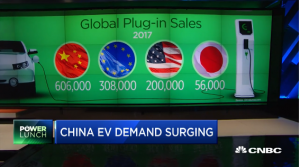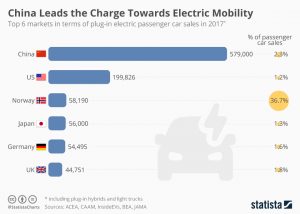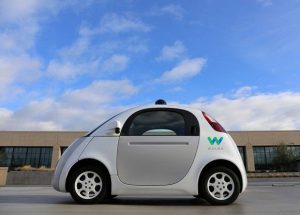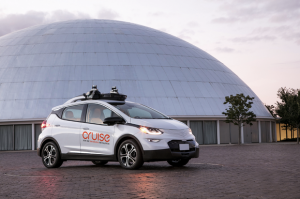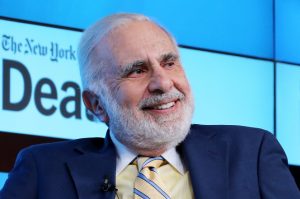
As reported by
Sitting in the customer lounge waiting to hear the potentially expensive news about your car can be nerve-wracking. That’s probably because you feel like you’re at the mercy of the mechanic.
But a car repair doesn’t have to be such an unpleasant ordeal. Armed with a little knowledge, including repair-shop options, negotiating tactics, and tips from Consumer Reports’ experts and industry insiders, you can feel more confident the next time you look at an estimate.
We surveyed more than 40,000 CR members about their recent car repair experiences to come up with our best advice for finding deals and satisfaction for work not covered by a warranty. The assumption is that if it’s under warranty, customers should go to the dealer for repairs.
We found that consumers who go to independent mechanics have a more satisfying experience and are more successful at negotiating a discount than those who go to car repair chains or dealerships. Our survey also indicates that haggling works more often than not when it comes to getting a discount at any type of shop.
At the same time, CR experts and others recommend building a connection with a mechanic over time instead of casting around for the cheapest price for each repair.
“If you keep your car for many years, find a local, independent garage you can trust, and then build a relationship by giving them repeat business,” says John Ibbotson, CR’s chief mechanic. “If you stay loyal, they’re bound to treat you right, which can be advantageous when it comes to those really expensive jobs.”
What’s more, Ibbotson says, “a good mechanic can lay out for you what work is immediate and necessary, and what can be held off until you have more money.”
Ask for a Discount
There are some easy ways to cut costs, but our survey shows that many consumers fail to take advantage of them. For example, few tried to negotiate a lower price for repairs that weren’t covered by a warranty. Only 21 percent made an effort to haggle, but when they did, 2 out of 3 reported they saved money.
The haggling success rate at independent shops was higher—76 percent—when compared with other types of repair shops. Success at retail chains was almost as good, at 70 percent. Dealers were the least willing to give a discount, but even then, the success rate for hagglers was 61 percent.
The median amount saved by customers who negotiated was more than $100, not just a few nickels and dimes, according to our survey.
When looking at brands, customers who successfully negotiated the cost of their car repair at BMW, Mercedes-Benz, and Lexus dealerships saved the most in terms of total dollars: $198, $171, and $148, respectively. That may be due to the higher cost of repairing luxury vehicles.
Best Repair Shop Strategies
Compare pricing. Ask the mechanic what parts will be used. Those from the original equipment manufacturer (OEM) can be the most expensive, but you can save money by using OEM-equivalent parts. Make sure you understand the warranty terms for the part, whether it’s from the manufacturer or the repair shop. If a repair will cost almost as much as your car is worth—such as a transmission replacement—and you’re willing to do a little research, you can often save big money by looking for used parts at a salvage yard. But check with the mechanic first to see whether he or she is willing to use them.
Fix it right the first time. “My best advice for consumers looking to save money on car repairs is to have your vehicle repaired right the first time by a qualified technician,” says Jill Trotta, vice president of industry advocacy and sales at RepairPal, a website and CR partner that helps people find fair repair prices. She suggests spending more on quality parts to prevent having to make the same repair again later.
Shop around before repairs. “Most of us do research before making a major purchase. Car owners need to do the same thing,” says Trish Serratore, senior vice president of communications at the National Institute for Automotive Service Excellence, a nonprofit that’s dedicated to improving the quality of automotive service.
Use online tools. Websites such as RepairPal and CR’s Car Repair Estimator can help you figure out what most repairs should cost. Plug in your vehicle’s year, make and model, and your ZIP code, and the estimator will return a price range and a list of certified shops that will honor that estimate. Certified shops are required to offer at least a 12-month/12,000-mile repair warranty.
Follow your owner’s manual. As the saying goes, “If you take care of your car, your car will take care of you.” Many of today’s vehicles can last more than 200,000 miles with few problems if owners keep up with the required maintenance.
Editor’s Note: This article also appeared in the February 2019 issue of Consumer Reports magazine.
Consumer Reports has no financial relationship with advertisers on this site.


